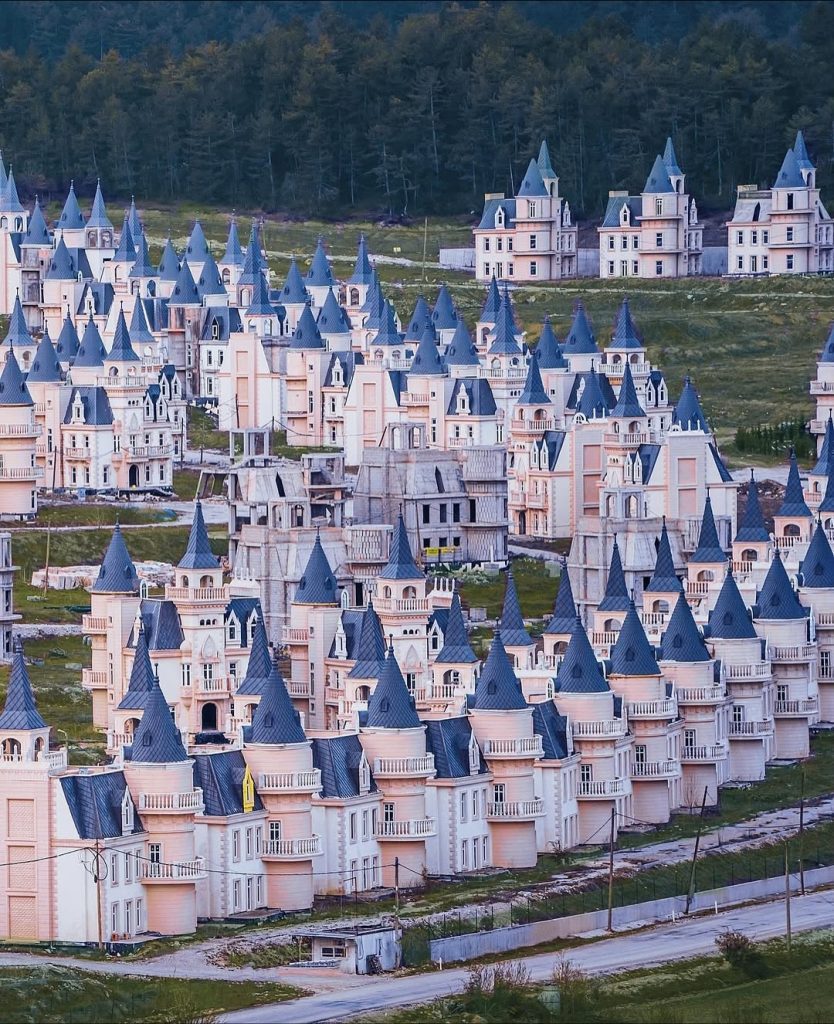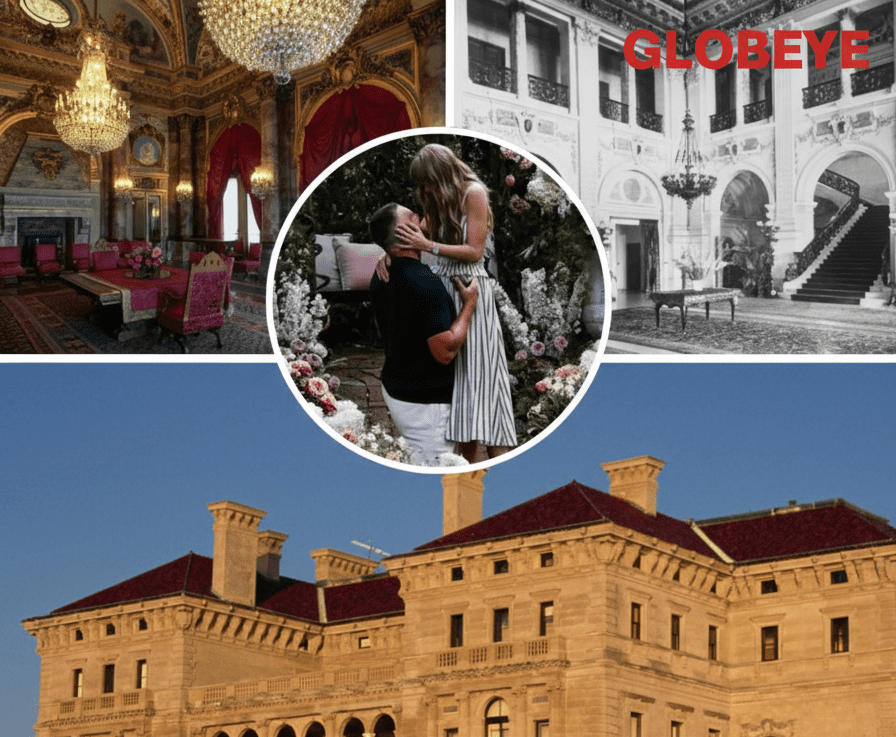Inside Burj Al Babas — The $200 Million Ghost Town in Turkey Filled with Hundreds of Abandoned Fairytale Castles
In the mountains of northwestern Turkey lies one of the strangest and most haunting real estate projects ever built — a $200 million ghost town of identical castles that now stand empty and silent. Known as Burj Al Babas, this surreal landscape of mini-palaces was once envisioned as a dream destination for the ultra-rich, a luxury haven that would blend European fairytale architecture with modern comfort. But today, the town has become something else entirely — a frozen dream, trapped between ambition and reality.
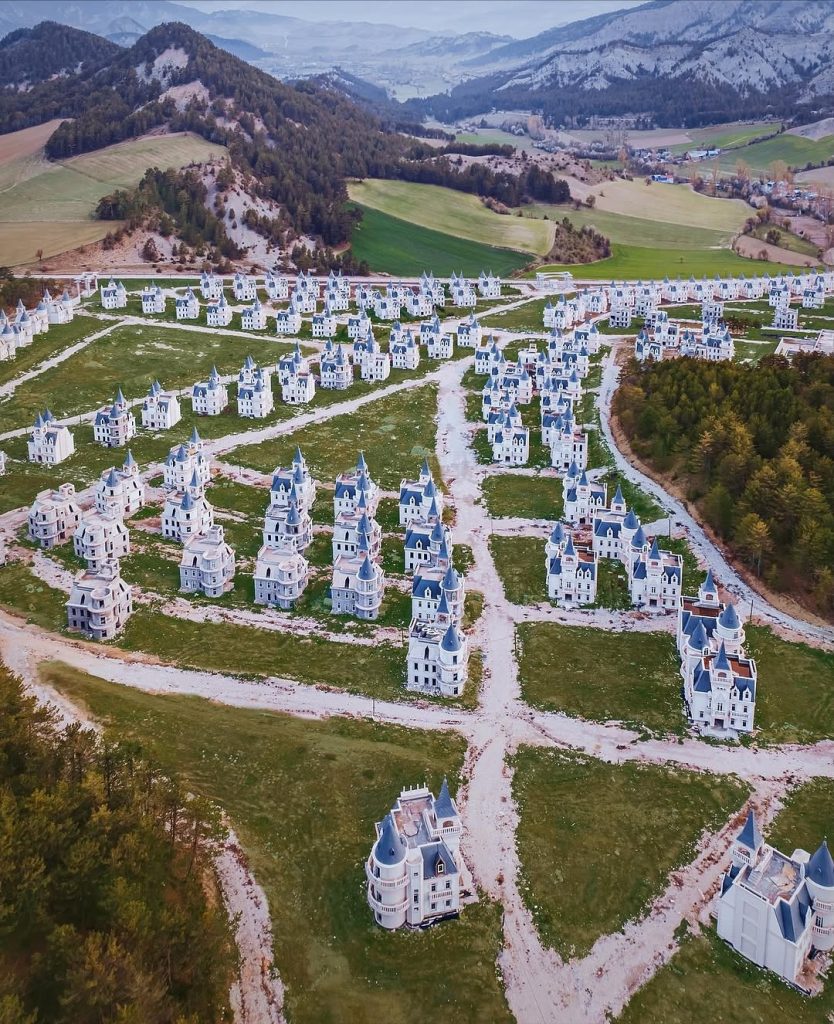
The project began in the mid-2010s when a Turkish construction firm called Sarot Group set out to build an extraordinary residential community near the small historic town of Mudurnu, located between Istanbul and Ankara. The developers imagined more than 700 villas designed to resemble small French châteaux, complete with pointed blue-gray roofs, arched balconies, and elegant white facades. Each castle was priced between $370,000 and $530,000 and targeted wealthy investors from the Middle East seeking vacation homes in Turkey’s scenic countryside.
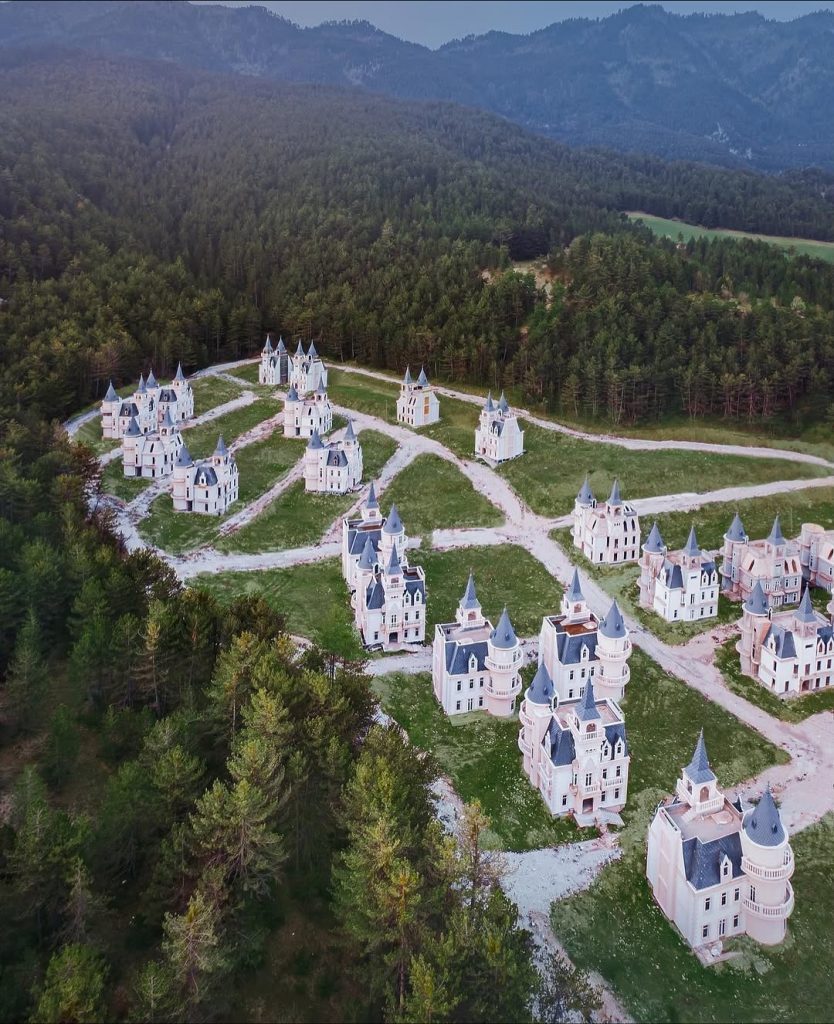
At first, the vision was grand. The company poured millions into the project, promising luxury amenities like shopping centers, Turkish baths, and entertainment venues nestled among pine-covered hills. The castles rose quickly — neat rows of them lining the valley floor, their identical shapes stretching out as far as the eye could see. From above, the development looked like something out of a storybook. But then, the story took a darker turn.
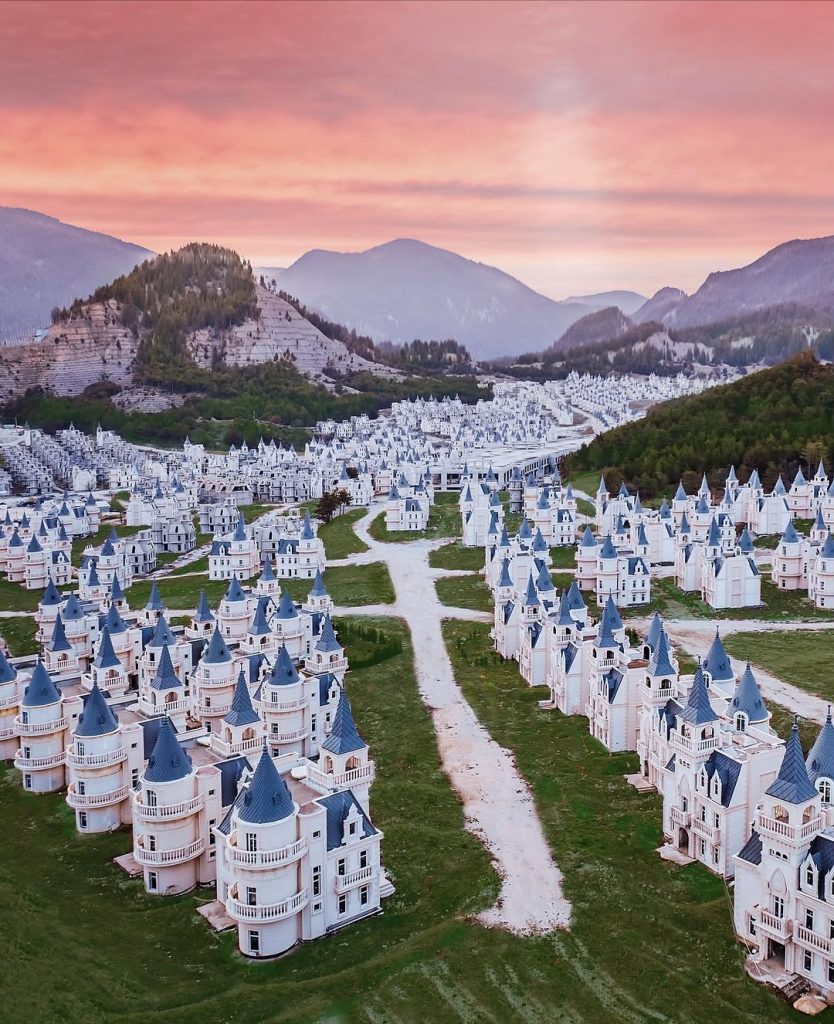
By 2018, the Turkish economy was struggling, and the lira’s value had plummeted. Buyers who had initially shown interest backed out. Construction slowed, debts piled up, and soon the Sarot Group declared bankruptcy. Work stopped abruptly in 2019, leaving behind hundreds of partially built castles — empty shells of what was supposed to be a thriving luxury paradise. What remained was a ghostly sight: pristine white towers and spires scattered across the green hills, silent and untouched by time.
Walking through Burj Al Babas today is like wandering through a forgotten dream. The narrow streets between the castles are covered in dust and weeds. Some homes are half-finished, with bare concrete floors and exposed wiring. Others are nearly complete, their balconies looking out over the vast valley as if waiting for owners who will never come. The uniformity of the homes makes the scene even more surreal — an entire town where every house looks the same, yet every one is lifeless.
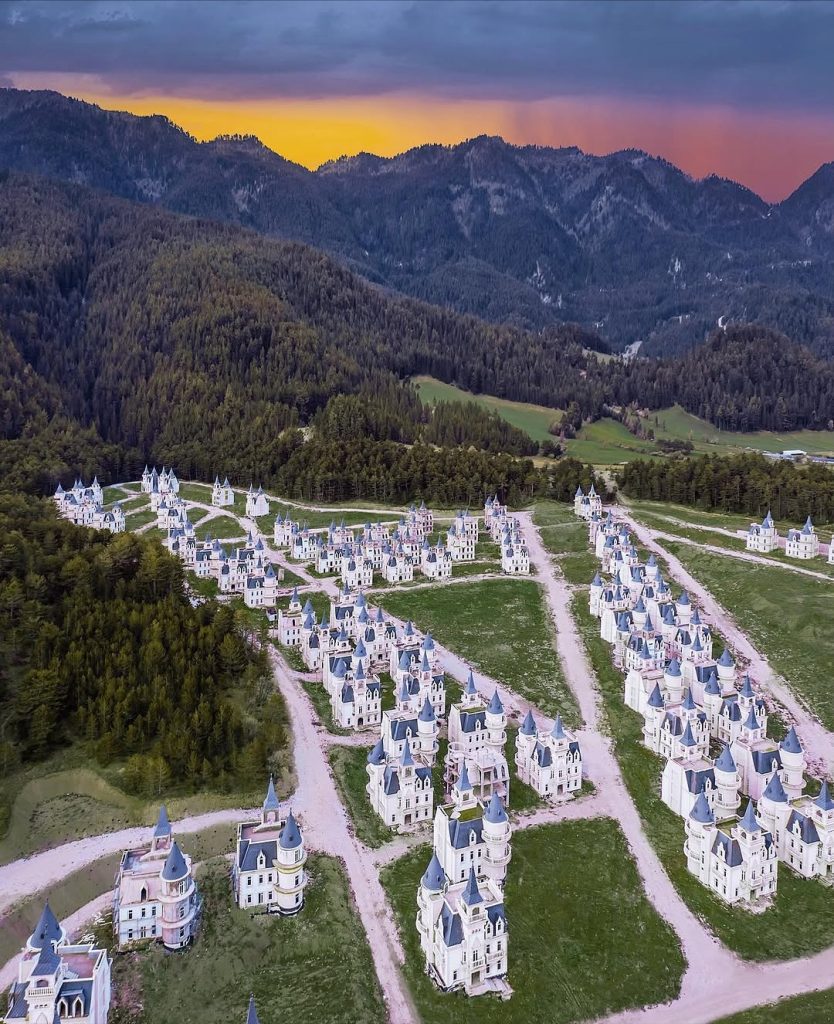
Mudurnu itself, a centuries-old town known for its Ottoman architecture and peaceful charm, stands in stark contrast to the futuristic, fantasy-like project nearby. Locals have mixed feelings about the castles — some see them as an eyesore, a failed experiment in greed and excess. Others view them as a symbol of lost opportunity, a reminder of how quickly dreams can crumble when money dries up.
Despite its eerie silence, Burj Al Babas has found new life in a different way. It has become a magnet for photographers, travelers, and urban explorers who are fascinated by its haunting beauty. Drone videos of the site have gone viral, showing the endless rows of miniature castles set against the backdrop of Turkey’s rugged mountains. The site’s haunting aesthetic has even attracted filmmakers and content creators who use the ghost town as a backdrop for artistic projects.
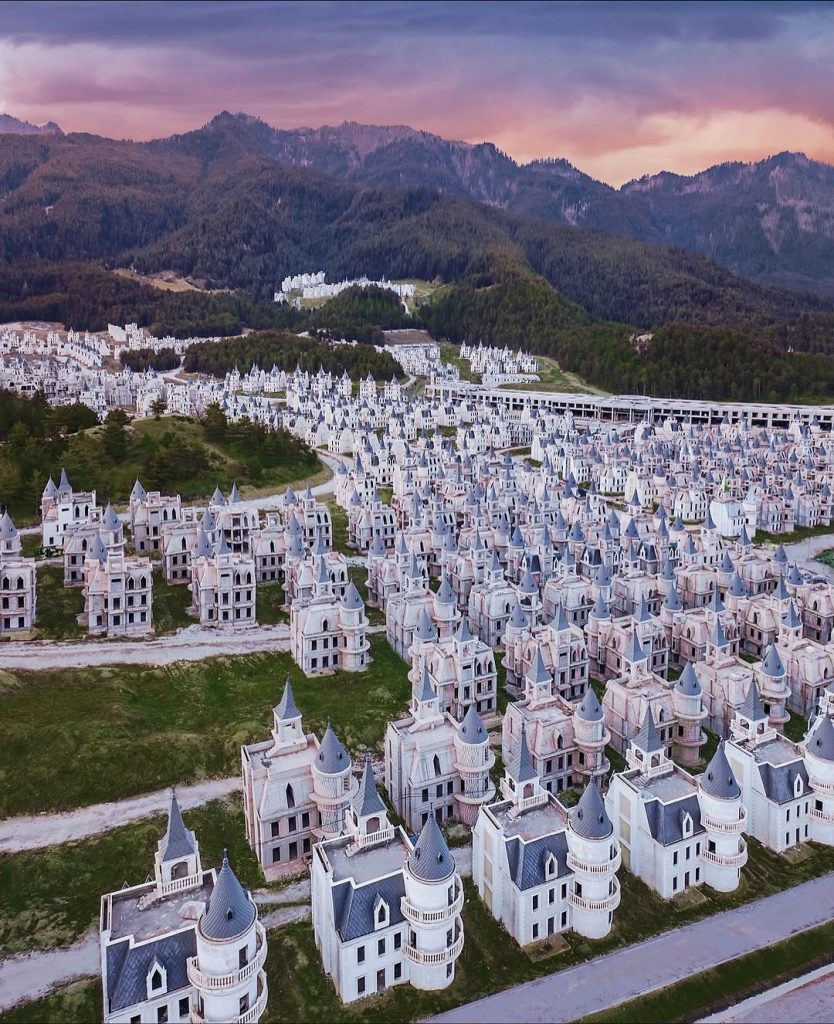
While there have been occasional talks about reviving the project or selling off parts of it, most experts believe the castles will remain abandoned for years to come. The cost of restarting construction would be enormous, and the original market of high-end foreign buyers has moved on. For now, the castles stand quietly — their pointed towers casting long shadows as the sun sets over the valley.
Burj Al Babas is more than just a failed real estate venture; it’s a story about ambition, timing, and the fine line between dreams and delusion. Once meant to showcase Turkey’s rising prosperity, it now stands as a monument to excess — a $200 million reminder that not every fairytale has a happy ending.
